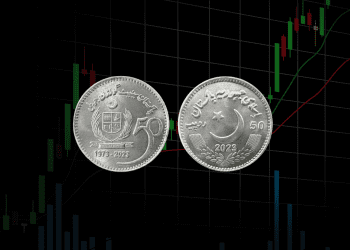Bitcoin (BTC) encounters a moderate correction, slipping to $68,359.18 on March 27 after failing to breach the $71,000 mark. Insights from Bitcoin derivatives data hint at a decrease in bullish sentiment among professional traders, potentially signaling instability ahead.
SPOT ETF INFLOWS: A DECISIVE FACTOR
The trajectory of Bitcoin’s price hinges on spot ETF inflows. Despite a rally leading up to March 27, leveraged short positions in BTC futures markets saw only a modest closure, reflecting lingering caution among bears. Last week’s significant $888 million net withdrawal from U.S. Bitcoin spot ETFs underscores a cautious sentiment, necessitating vigilant monitoring of market trends.
RESILIENCE AMIDST TURBULENCE
Bitcoin showcases resilience, rebounding from a 17.6% drop without causing panic among spot ETF investors. However, analysts stress the critical role of spot ETF inflows, suggesting that these inflows were instrumental in BTC’s surge before the April halving.
REVERSAL IN SPOT ETF FLOWS
Encouragingly, there’s a reversal in spot ETF flows, with $418 million in net inflows recorded on March 26. This indicates genuine institutional demand despite BTC lingering near its peak. However, uncertainty persists regarding whether $69,000 will serve as a support level.
BITCOIN CLIMBS TO TWO-YEAR HIGH: NEW PEAKS AND THE ROAD TO HALVING
ANALYZING MARKET SENTIMENT
Analysis of aggregated positions across spot, perpetual, and quarterly futures contracts reveals a decrease in optimism among top traders. Global economic concerns and mixed market signals are influencing Bitcoin’s performance, with analysts citing factors like the global economic downturn and uncertainty surrounding the Federal Reserve’s interest rate decisions.
CAUTION AMIDST UNCERTAINTY
Decreased interest in leveraged BTC longs doesn’t necessarily indicate a bearish outlook for Bitcoin. It reflects broader economic recession concerns and external pressures, including recent developments such as charges against KuCoin exchange and discussions on cryptocurrency payment limitations.
DISCLAIMER
This article does not provide investment advice or recommendations. Readers are advised to conduct their own research before making investment decisions, as all investment and trading activities involve inherent risks.


















